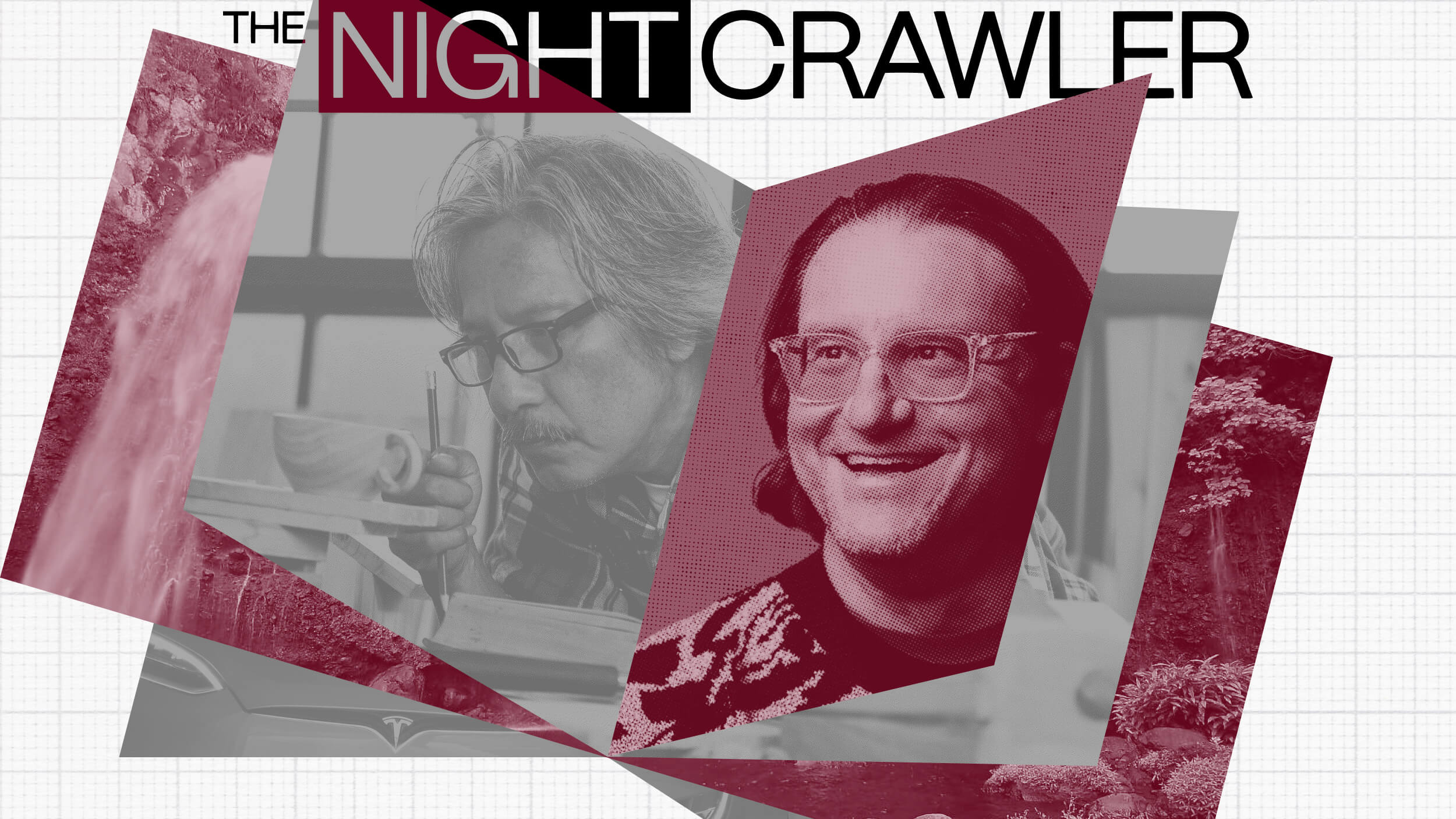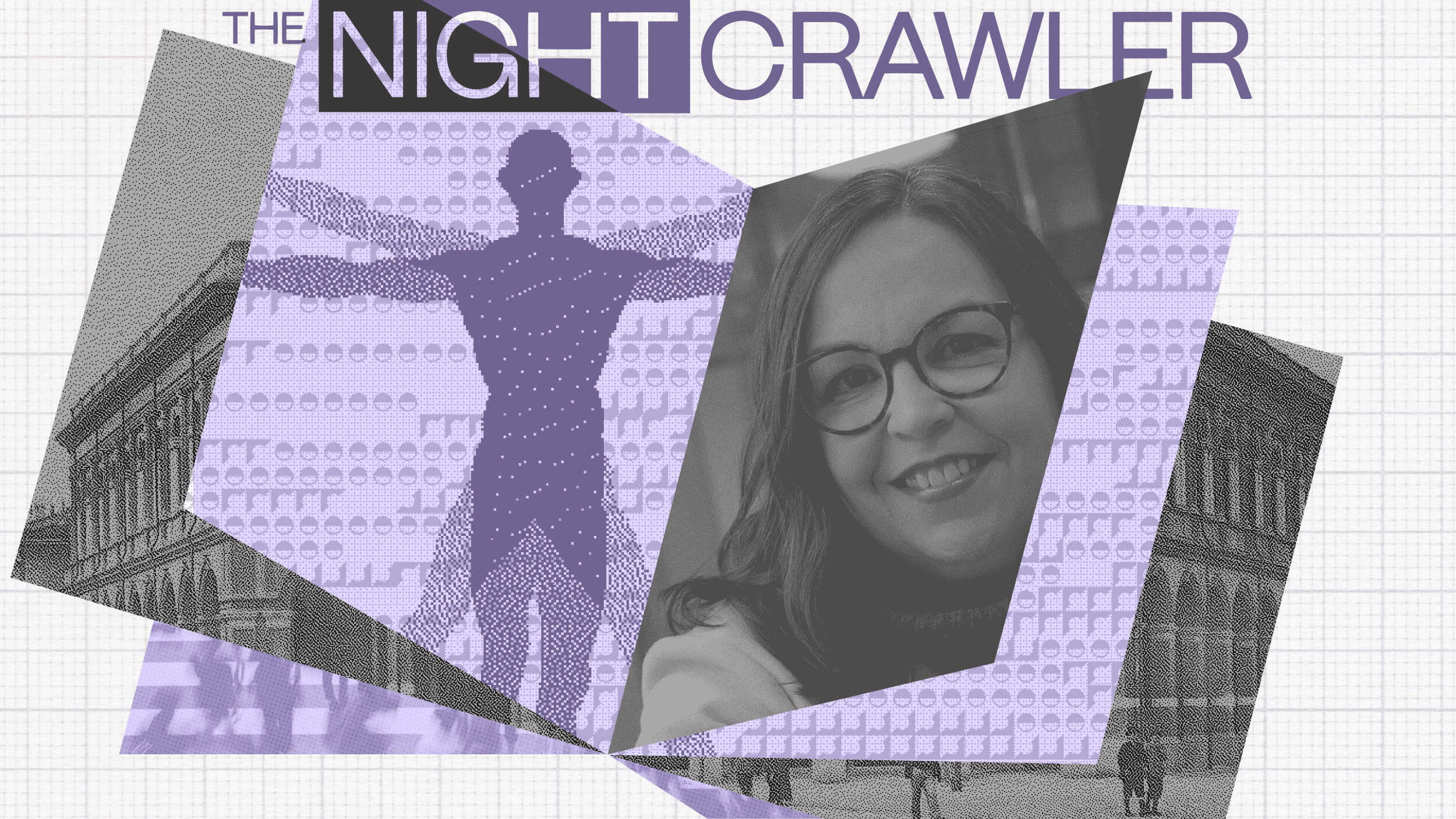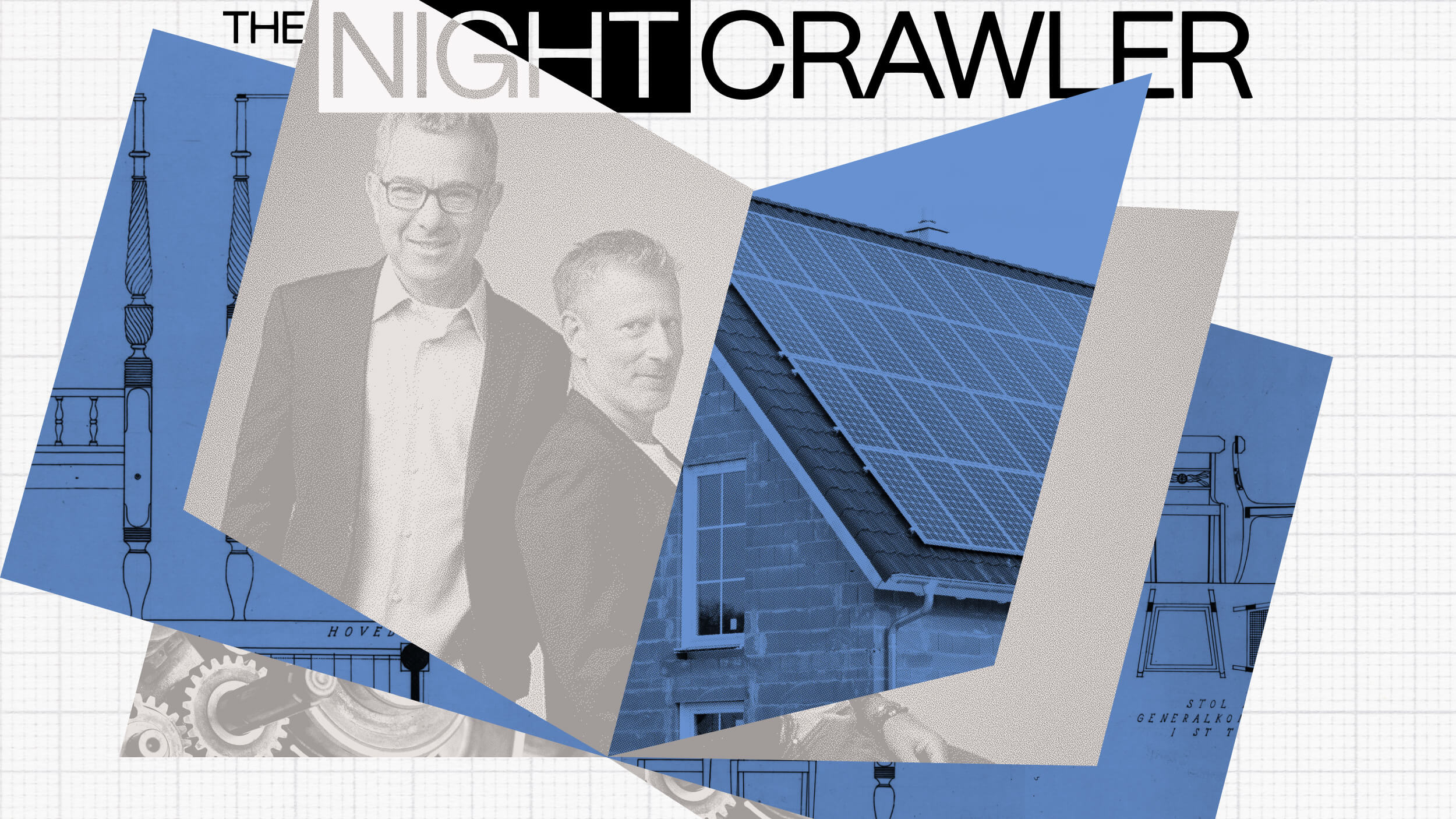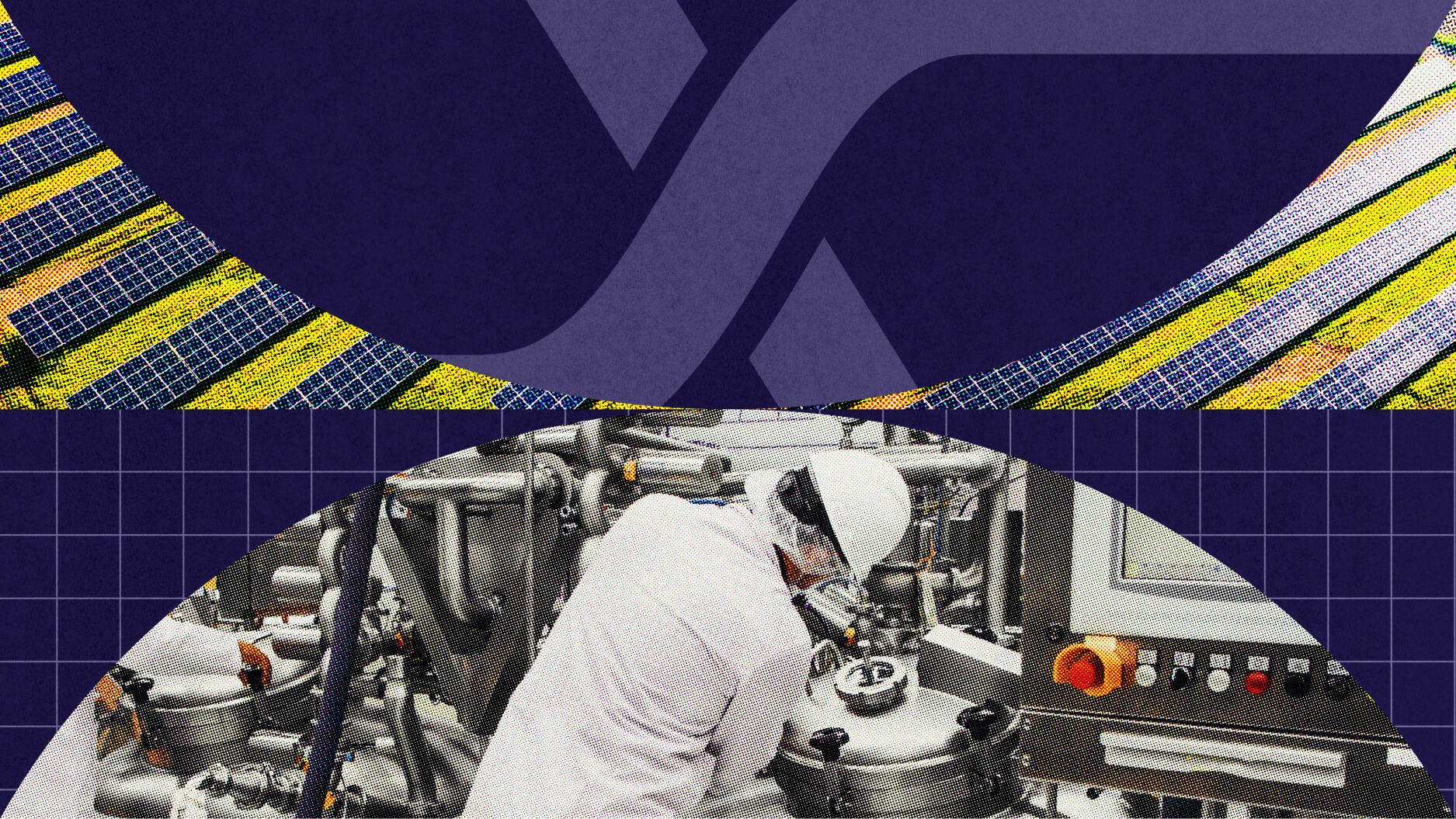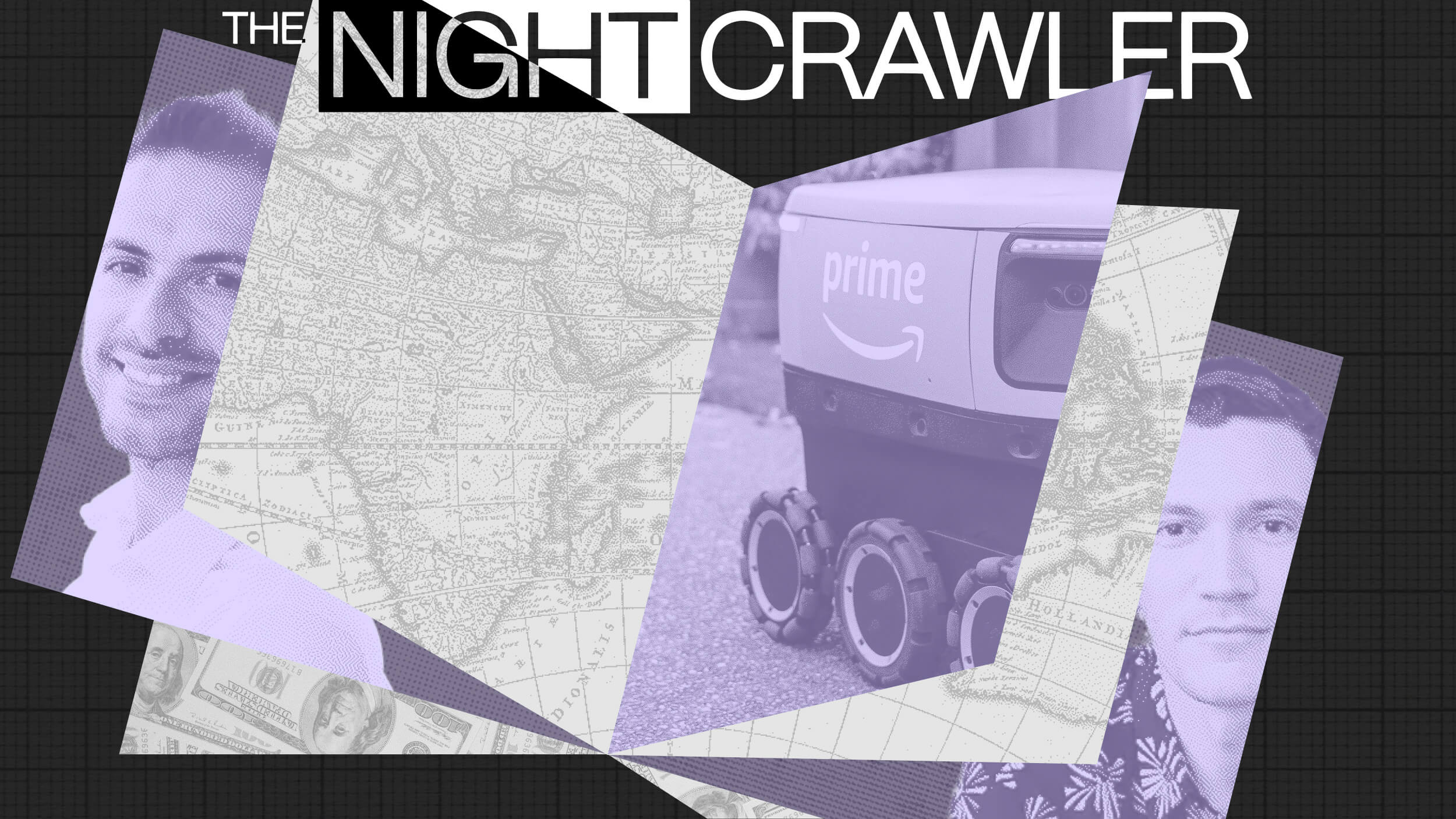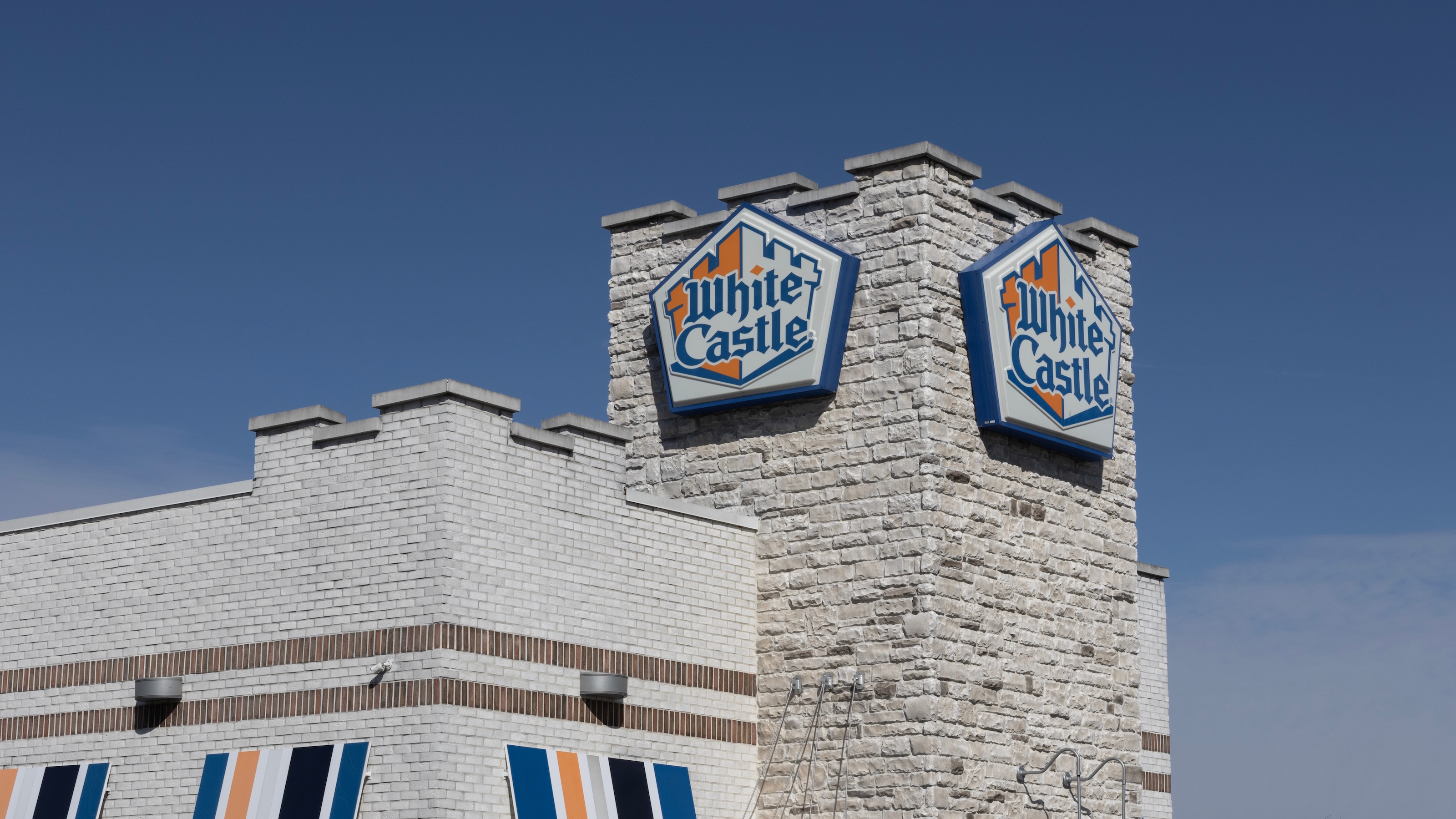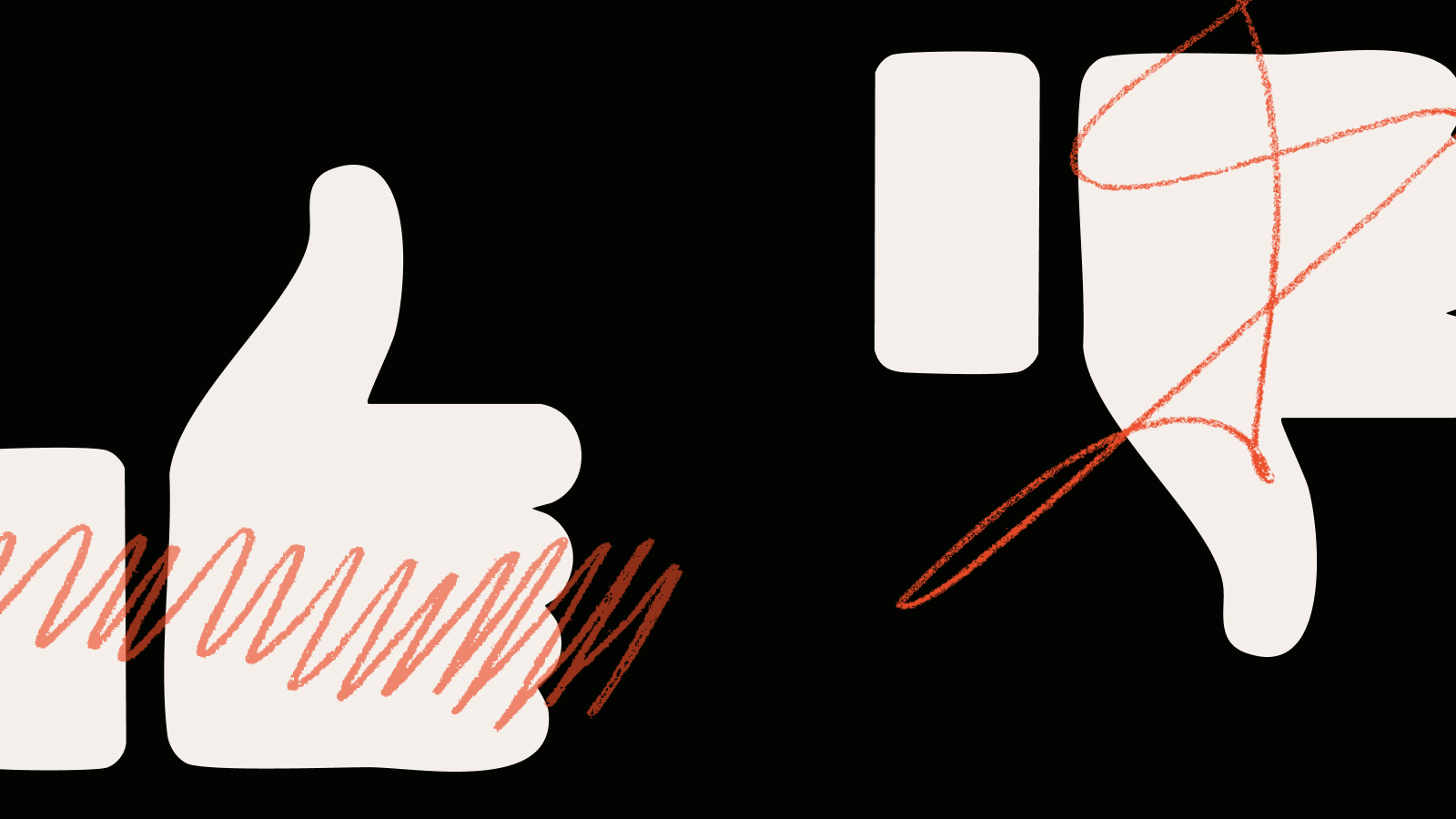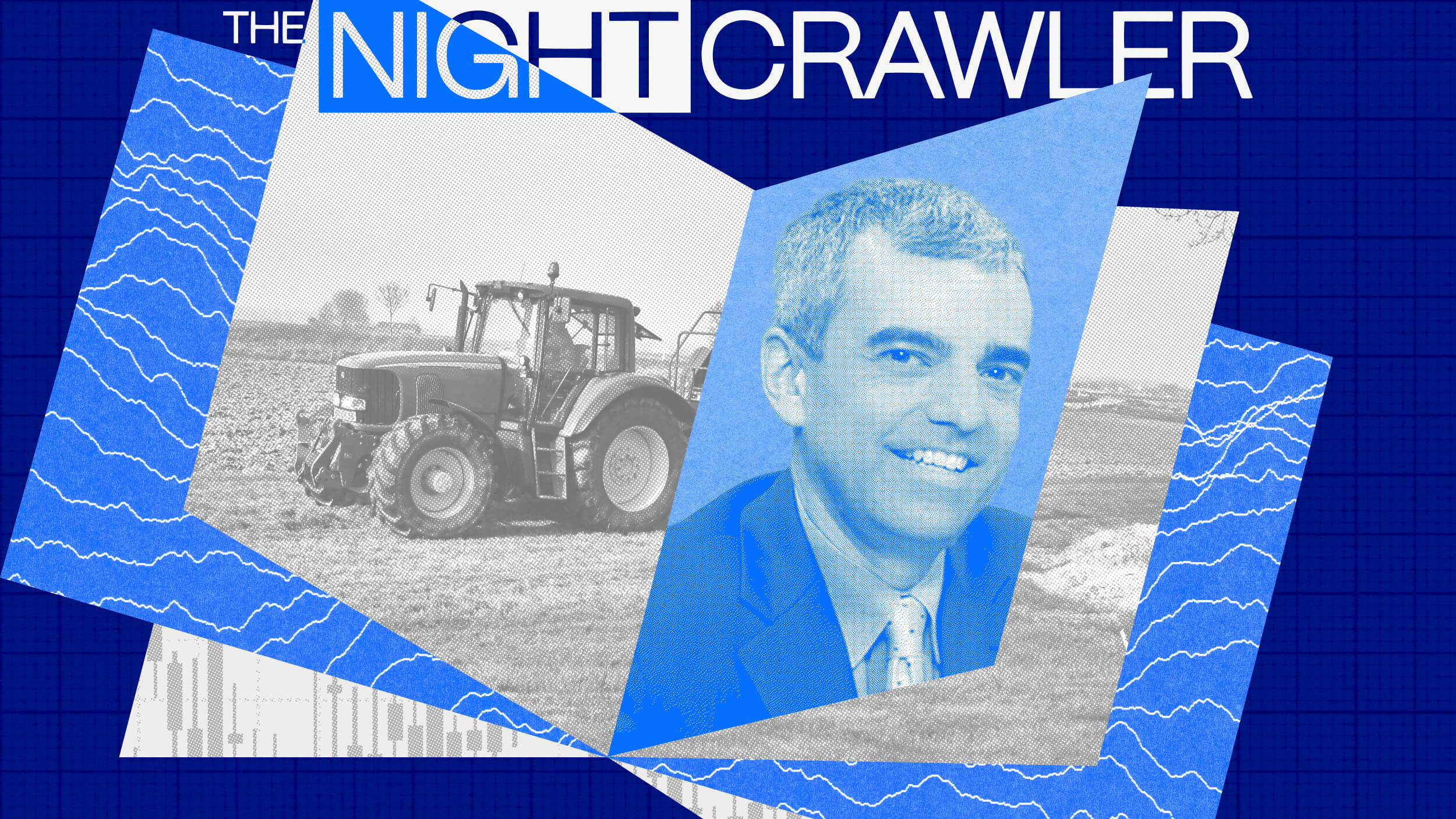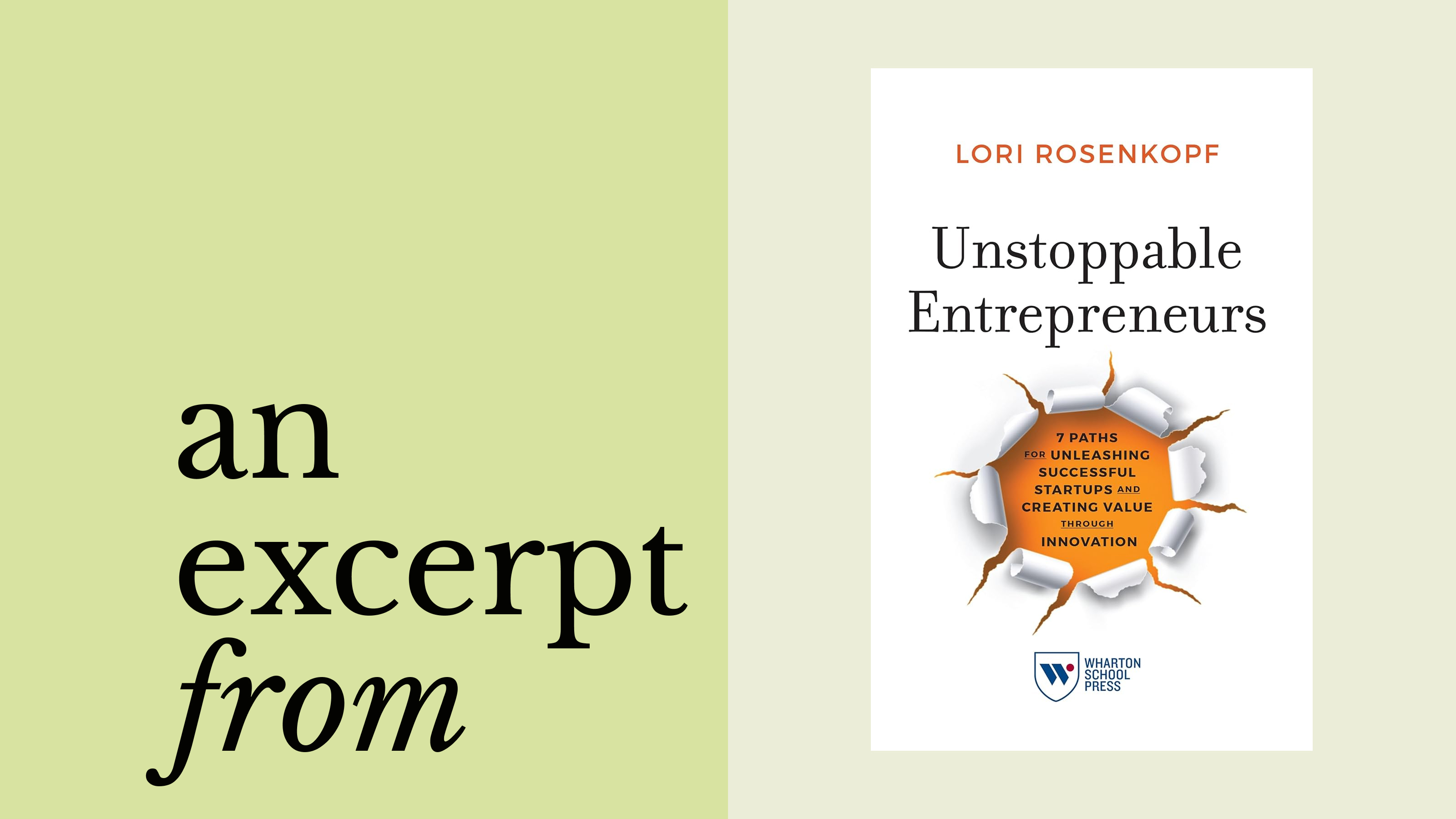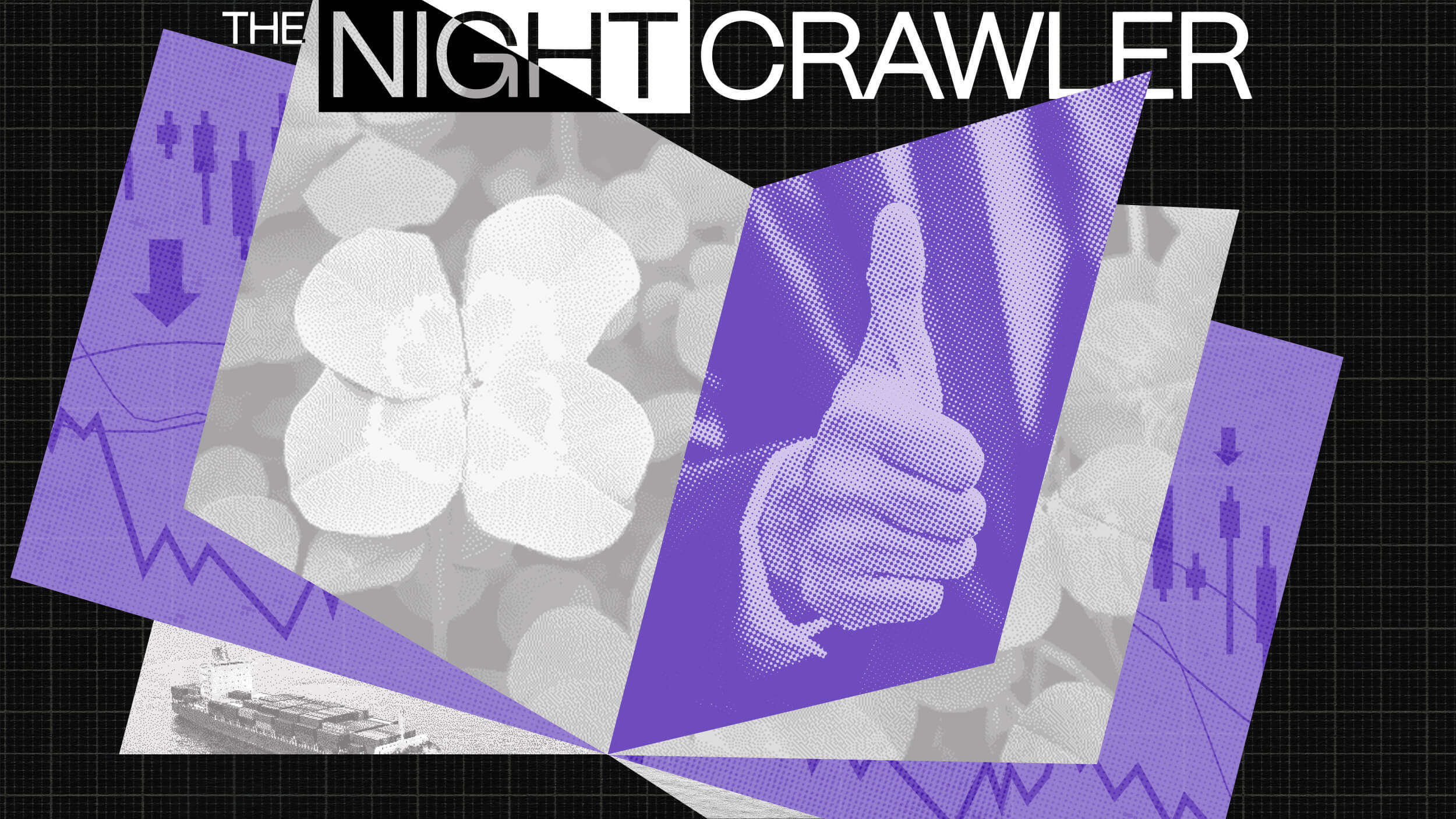innovation
Welcome to The Nightcrawler — a weekly newsletter from Eric Markowitz covering tech, innovation, and long-term thinking.
A conversation with the legendary VC on his latest book, his work at Techstars, and why “give first” is more than a motto — it’s a mindset.
Welcome to The Nightcrawler — a weekly newsletter from Eric Markowitz covering tech, innovation, and long-term thinking.
From Apple to Airbnb to OpenAI the generalist mindset has been an invaluable source of advantage — and we can all learn from these successes.
Welcome to The Nightcrawler — a weekly newsletter from Eric Markowitz covering tech, innovation, and long-term thinking.
If your world-beating idea is not working you might need to change direction — and Instagram cofounder Kevin Systrom provides the perfect case study.
When organizations focus on finding new markets, the returns can be spectacular — as a case study from Australia perfectly illustrates.
Welcome to The Nightcrawler — a weekly newsletter from Eric Markowitz covering tech, innovation, and long-term thinking.
A meditation on quantum physics, creative endurance, and the unseen forces that shape what lasts.
Snorre Kjesbu — SVP & GM of Cisco’s Employee Experience group — has a bold vision for the future of human interaction.
Welcome to The Nightcrawler — a weekly newsletter from Eric Markowitz covering tech, innovation, and long-term thinking.
Welcome to The Nightcrawler — a weekly newsletter from Eric Markowitz covering tech, innovation, and long-term thinking.
The cofounders of think tank RethinkX are convinced that humanity is undergoing civilizational phase change.
Welcome to The Nightcrawler — a weekly newsletter from Eric Markowitz covering tech, innovation, and long-term thinking.
The outrageously accomplished magician-inventor-author chats to Big Think about fear, multitasking, and successful work-life reinvention.
Welcome to The Nightcrawler — a weekly newsletter from Eric Markowitz covering tech, innovation, and long-term thinking.
What made Leonardo da Vinci last wasn’t magic — it was process — and his study of fluids can help us win the long game.
Creative thinkers are unafraid of the ambiguous spaces where innovation often resides — and this trait is vital when navigating change.
Welcome to The Nightcrawler — a weekly newsletter from Eric Markowitz covering tech, innovation, and long-term thinking.
The marketing guru outlines the current state of brand-building — and highlights four outstanding opportunities for the immediate future.
Welcome to The Nightcrawler — a weekly newsletter from Eric Markowitz covering tech, innovation, and long-term thinking.
Welcome to The Nightcrawler — a weekly newsletter from Eric Markowitz covering tech, innovation, and long-term thinking.
From “crave” packs to Valentine bookings, the world’s first fast-food hamburger chain values innovation from every level of the organization.
Welcome to The Nightcrawler — a weekly newsletter from Eric Markowitz covering tech, innovation, and long-term thinking.
Will platforms continue to offer the like button as an all-purpose tool — or will each of the button’s various functions exist in new forms?
Welcome to The Nightcrawler — a weekly newsletter from Eric Markowitz covering tech, innovation, and long-term thinking.
As we shape our future we should ask: Which interpretations of classic sci-fi fables hold sway with today’s powerful tech leaders?
Warren Buffett famously noted that Berkshire Hathaway would “never depend on the kindness of strangers to stay in business.” Startups take note.
Welcome to The Nightcrawler — a weekly newsletter from Eric Markowitz covering tech, innovation, and long-term thinking.
Barry Ritholtz — market commentator, founder of Ritholtz Wealth Management, and podcast host — shares what really trips investors up.
